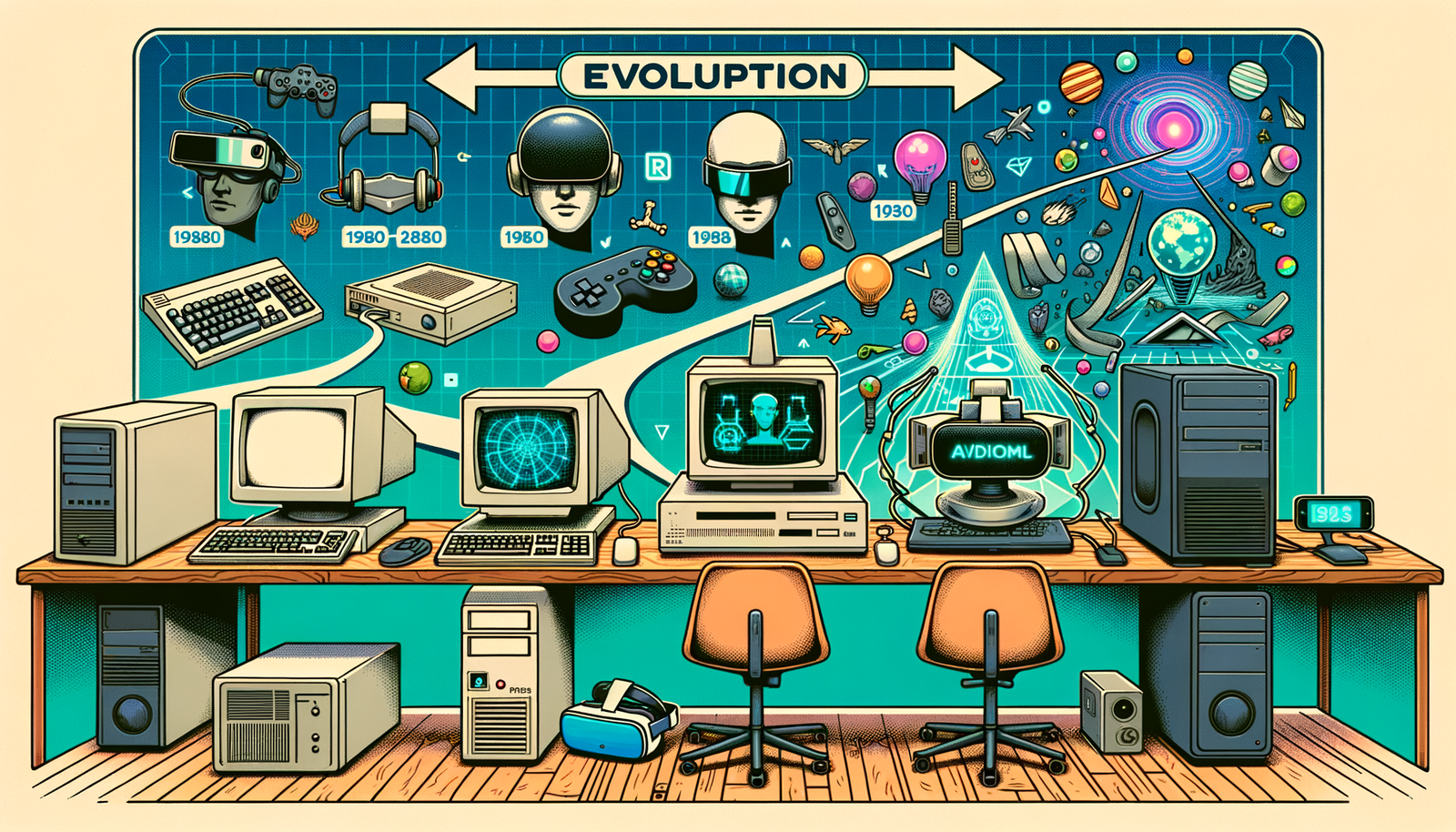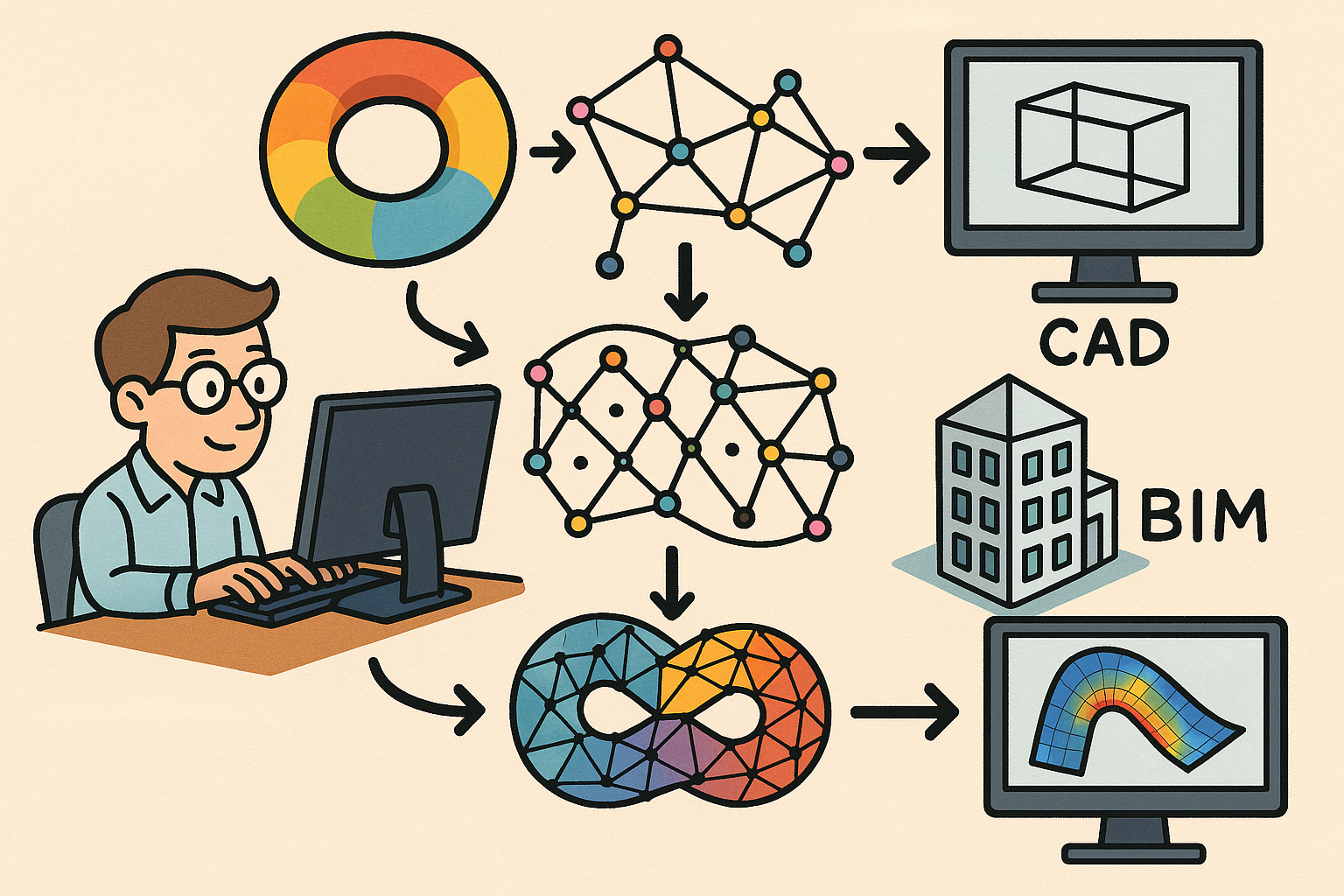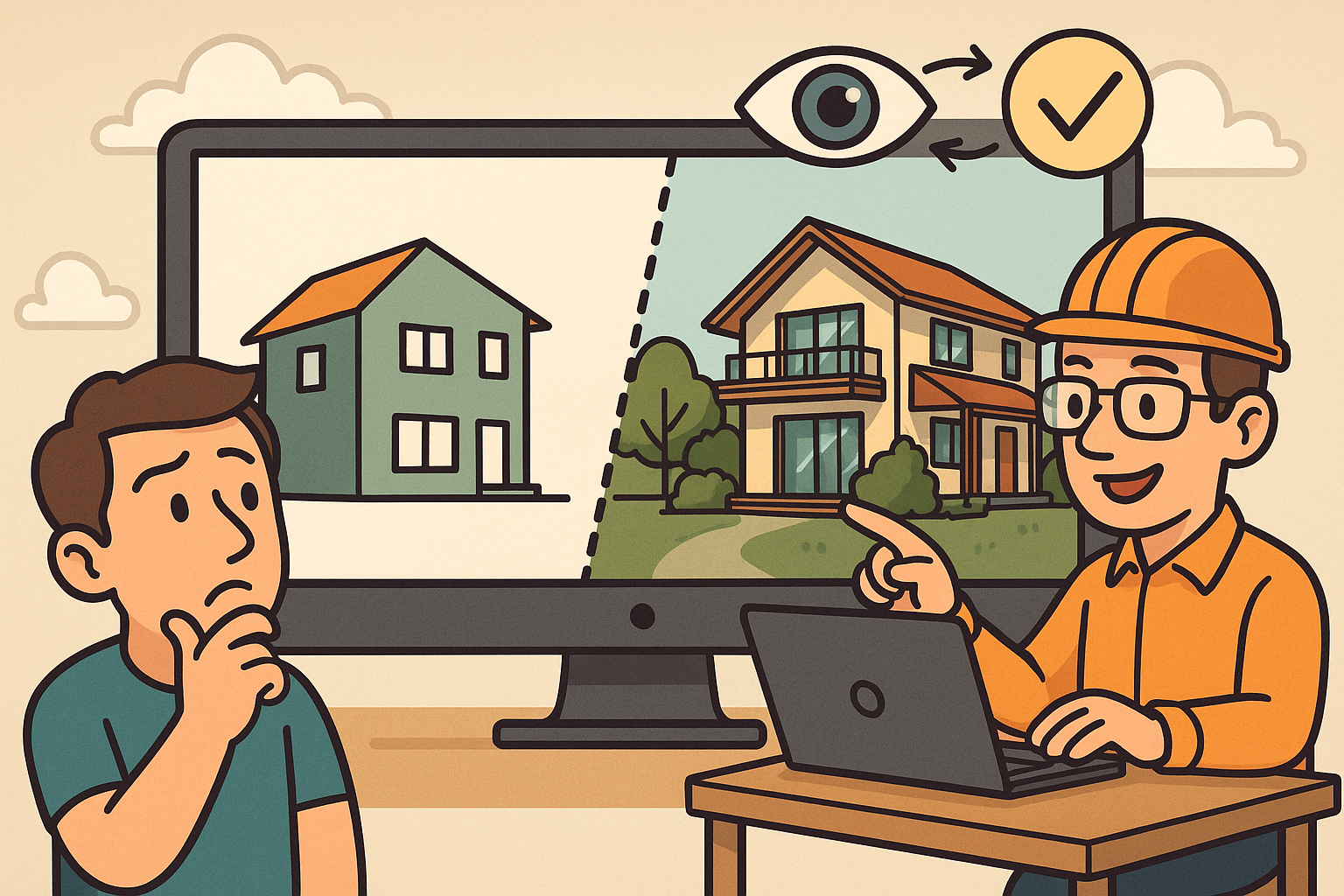Your Cart is Empty
The Genesis of Virtual Reality Design Software
Early Beginnings
The journey of virtual reality (VR) design software began in the experimental phases of the 1960s and 1970s. One of the earliest visions of VR was presented by Ivan Sutherland, often considered the father of computer graphics. His creation, the "Sword of Damocles," marked the inception of the first head-mounted display system. Sutherland's pioneering work laid the groundwork for future developments in immersive VR experiences.
During these formative years, various experiments and concepts emerged, exploring the potential of VR technology. The focus was on creating environments where users could interact with digital objects in a three-dimensional space. Sutherland’s work was pivotal in showcasing the possibilities of VR, though the technology was still in its infancy.
Technological Advances
Throughout the 1980s, significant technological advancements began to pave the way for more sophisticated VR systems. Essential technologies such as head-mounted displays (HMDs), motion tracking, and stereoscopic visuals became more refined. These advancements were crucial in providing a more immersive and interactive experience for users.
Military and academic institutions played a vital role in funding early VR research. These sectors saw the potential of VR for applications such as flight simulators, training programs, and research simulations. Their investments helped drive innovation and accelerate the development of VR technology, pushing the boundaries of what was previously considered possible.
First Commercial Applications
By the late 1980s and early 1990s, VR technology began to find its way into niche markets. Industries such as aviation, military training, and medical simulations were among the first to adopt VR for practical applications. These early commercial applications demonstrated the value of VR in providing realistic and controlled environments for training and simulation purposes.
A key player in the early commercial VR market was VPL Research, founded by Jaron Lanier. VPL Research made significant contributions to the development of VR gloves and headsets, bringing these technologies closer to mainstream adoption. Lanier's work and vision were instrumental in shaping the early commercial landscape of VR, setting the stage for further advancements.
The Rise of Early VR Design Software
Key Software Developments in the 1990s
The 1990s witnessed the emergence of several key developments in VR design software. One of the most notable was the introduction of VRML (Virtual Reality Modeling Language). VRML provided an early standard for creating 3D interactive worlds, enabling developers to build complex virtual environments that could be experienced through web browsers.
Companies like Autodesk, known for their flagship software AutoCAD, began incorporating VR capabilities into their offerings. AutoCAD’s integration of VR features allowed designers and engineers to visualize their projects in a three-dimensional space, enhancing the design process and improving communication of ideas.
Pioneering Companies and Figures
Several pioneering companies and individuals made significant contributions to the growth of VR design software during this period. Sense8’s WorldToolKit emerged as a leading real-time VR development tool, providing developers with the capabilities to create immersive VR experiences.
Mark Pesce, co-creator of VRML, played a pivotal role in advancing the technology and promoting its adoption. His work on VRML was instrumental in establishing a foundation for future web-based VR applications, highlighting the potential of VR beyond specialized hardware.
Challenges and Limitations
Despite the advancements, early VR design software faced several technical limitations. Hardware constraints, such as limited processing power and low-resolution graphics, restricted the level of realism and interactivity that could be achieved. These limitations posed significant challenges for developers, as creating high-quality VR experiences often required substantial computational resources.
Additionally, the financial barriers associated with VR technology hindered widespread adoption. The costs of developing and implementing VR systems were prohibitively high for many organizations, limiting the reach of VR applications to a select few industries and institutions.
The Explosion of VR Design Software in the 21st Century
Technological Breakthroughs and Improved Accessibility
The 21st century brought about significant technological breakthroughs that revolutionized VR design software. Advances in GPU technology played a crucial role in enhancing the performance and realism of VR experiences. Improved graphics processing capabilities allowed for more detailed and immersive virtual environments.
The introduction of affordable consumer-grade VR headsets, such as the Oculus Rift and HTC Vive, marked a turning point for VR accessibility. These devices made it possible for a broader audience to experience high-quality VR, driving interest and innovation in the field.
Emergence of Specialized VR Design Tools
As VR technology became more accessible, specialized VR design tools began to emerge. Software like Autodesk Revit Live, Gravity Sketch, and Tilt Brush made VR design more intuitive and user-friendly. These tools enabled designers to create and manipulate virtual objects with greater ease, fostering creativity and collaboration.
User-friendly interfaces and real-time collaboration features became key components of modern VR design software. These advancements allowed teams to work together seamlessly in VR environments, enhancing productivity and fostering innovation.
Industry-Specific Applications
VR design software found applications across various industries, each leveraging the technology to address specific needs and challenges. In architecture, tools like IrisVR enabled architects to visualize and interact with their designs in a virtual space, improving spatial understanding and facilitating client communication.
The automotive industry also benefited from VR design software, with tools like Autodesk VRED allowing designers to create detailed car models and simulate driving experiences. In healthcare, platforms like Osso VR provided medical professionals with immersive training simulations, enhancing their skills and improving patient outcomes.
The Future of VR Design Software
Emerging Trends and Innovations
Looking ahead, several emerging trends and innovations are set to shape the future of VR design software. The integration of AI and machine learning is expected to play a significant role, enabling enhanced automation and personalization. These technologies will allow VR design tools to adapt to user preferences and provide intelligent design suggestions.
The advent of 5G technology is anticipated to have a profound impact on VR experience quality and accessibility. Faster data transfer speeds and reduced latency will enable more seamless and immersive VR interactions, expanding the possibilities for real-time collaboration and remote work.
Collaborative and Cross-Platform Capabilities
The future of VR design software will likely see a shift towards cloud-based tools that enable seamless collaboration across different devices and platforms. Such capabilities will facilitate teamwork and creativity, allowing designers to work together in real-time regardless of their physical location.
The role of VR in the metaverse presents intriguing implications for design and engineering. As virtual worlds become more interconnected and immersive, VR design software will play a crucial role in shaping these environments, enabling users to build, customize, and interact with digital spaces in novel ways.
Challenges and Ethical Considerations
Despite the promising prospects, several challenges and ethical considerations must be addressed. Data privacy and security concerns will become increasingly important as VR applications collect and process large amounts of user data. Ensuring that VR experiences are secure and respectful of user privacy will be essential for building trust and encouraging adoption.
Moreover, the digital divide remains a critical issue. Access to VR technology is still limited in many parts of the world, and concerted efforts will be required to ensure that the benefits of VR design software are equitably distributed. Establishing industry standards and best practices will be vital to promote sustainable and inclusive growth of VR technologies.







